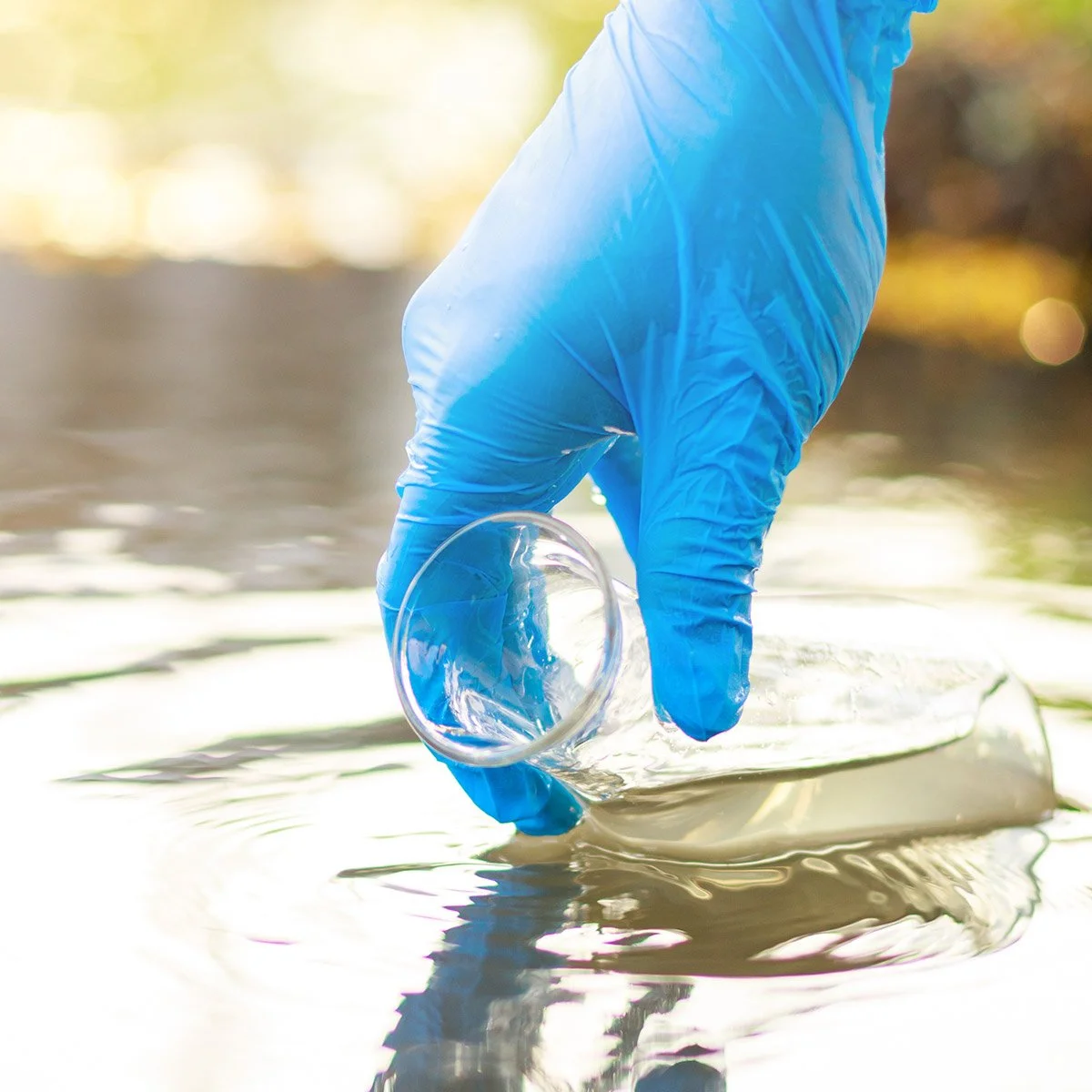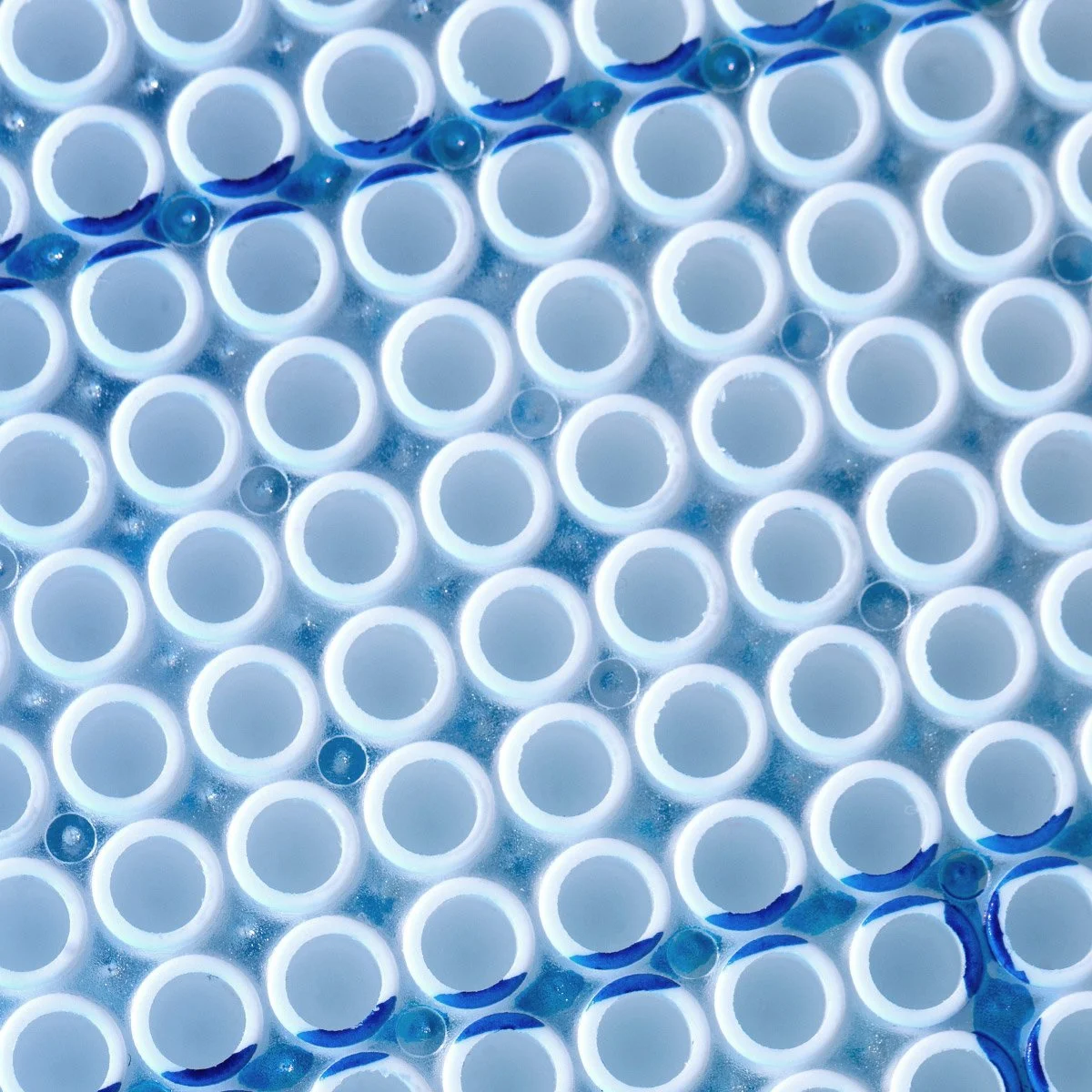There has been an exciting molecular biology method development reported in Nature Biotechnology! DNA is normally synthesized through the nucleoside phosphoramidite method that was first published in 1981. Joint Bioenergy Institute (JBEI) researchers and their collaborators have demonstrated proof of concept for a new enzymatic based method that has many advantages. The new method increases the speed off DNA synthesis. It removes the need for solvent use, which is a hazardous waste. Overall it will drop the cost of synthesizing DNA. It's terrific work, and an advance that we at Labconscious applaud as a greener biochemistry method for life science laboratory work.
Watch the JBEI video below, read the full story on the JBEI website here, and review all the technical details in the report De novo DNA Synthesis Using Polymerase-Nucleotide Conjugates (2018) Nature Biotechnology.
Most biologists welcome opportunities to learn about environmentalism. A green fair is a great way to increase awareness and commitment to environmental justice and sustainability in life science work. Let’s review some tips for planning a successful green fair for biologists.
Drosophila researchers around the world have taken steps to green their lab operations while maintaining good laboratory practices. These efforts include preventing material waste, energy conservation, and leveraging the attributes of this model organism to reduce the need for testing in mammalians. We hope you are inspired by the initiatives of these green labs!
In life science, it’s often plastic-polluted ecosystems that firm our resolve to limit the environmental impacts of our lab work. Let’s take a moment to recognize a new category of lab plastics as a welcome step forward in sustainability.
UV decontamination lighting has been incorporated into biosafety cabinets for decades, and persistently over-relied on for decades in cell culture work. Green labs are removing UV lamps from biosafety hoods to eliminate risks and save energy. It’s a simple action that overcomes energy waste in the right setting.
Signage is an important tool for turning lab initiatives into established lab culture. A sign shows the path to sustainability. The types of signs typically used in lab facilities can come in the form of posters, stickers/decals, and digital, or even three-dimensional displays. No matter which format, it’s good to know best practices.
In June 2020, the small town of Merrillville, IN, received a visit from the Indiana Department of Environmental Management (IDEM). Merrillville is home to Microbac, a laboratory that offers analytical testing services for food, environmental, antimicrobial products, and pharmaceuticals. With more than 20 facilities across the United States, they are required to follow local water regulations, in addition to safety data sheets. However, what the IDEM found was not in line with either.
Plastic packaging often gets a bad rap (wrap?). And rightly so — approximately 5.5 million tons of plastic is produced annually in life sciences laboratories. While it provides essential protection and labeling for products, its impact on the environment calls for action. Fortunately, there are ways laboratories can reduce their waste from plastic packaging.
This widely used immunoassay to probe samples for specific proteins and posttranslational modifications has potential time and material savings associated with variations of the transfer step. Whether it’s a simple buffer switch, or a more involved equipment swap - it’s always worthwhile to explore lab workflow efficiencies. Just take care not to risk a successful blot!
Fetal bovine serum, or FBS, has been a staple in cell culture practices for decades. However, multiple ethical issues and market supply challenges surround its use. Here’s a rundown of the issues around FBS, why scientists are looking for other options, and some alternative products to consider.











Even though it’s not possible to predict where the science will lead, we can promise that life science discoveries will serve humankind well into the future. Circularization strategies economize science and responsibly limit our impact on nature. This green lab tip highlights a few resources for free lab materials and equipment. Let’s keep life science research and education going strong!